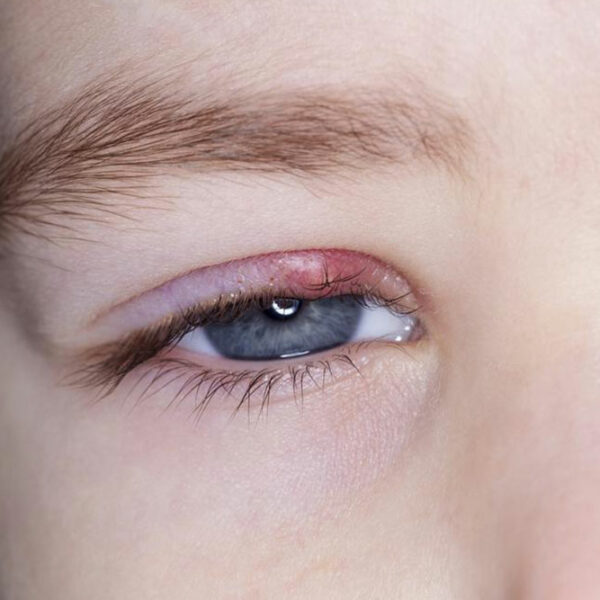
How to find a natural cure for restless legs
Are you not able to sleep every night because of an annoying crawling, tingly feeling in your legs? Do you sense that at night, though your body is exhausted and begging to doze off, your legs want to run miles and are not ready to retire for the day? If yes, then you are suffering from a disorder called the Restless Leg Syndrome (RLS). Restless Leg Syndrome might sound like a rare disorder but it really isn’t. About 10% of Americans complain of suffering from restless legs. If you ask, what causes restless legs? The answer is that there are many factors which cause this disorder. Some common factors are chronic diseases like Parkinson’s disease, diabetes, kidney failure, excess use of antidepressants, and in some cases, pregnancy. Whatever the cause be, one thing is unquestionable, it is not something you can ignore. If not treated on time, it will affect your sleep cycle and you will wake up cranky and tired every morning. It might also further lead to mood swings, stress, and depression. There is no one particular cure for restless legs, so the best bet is to find a natural cure for restless legs that works best for us.









